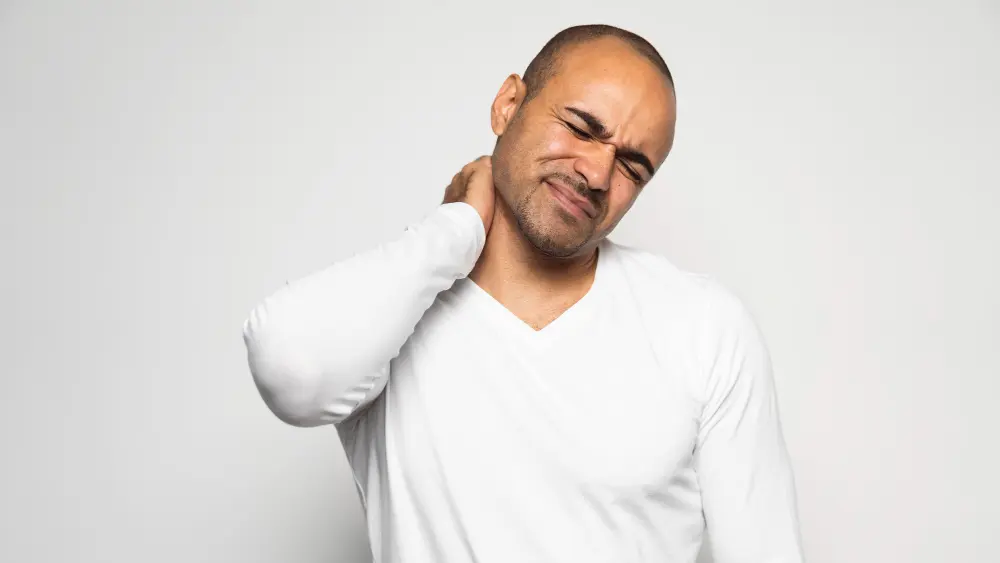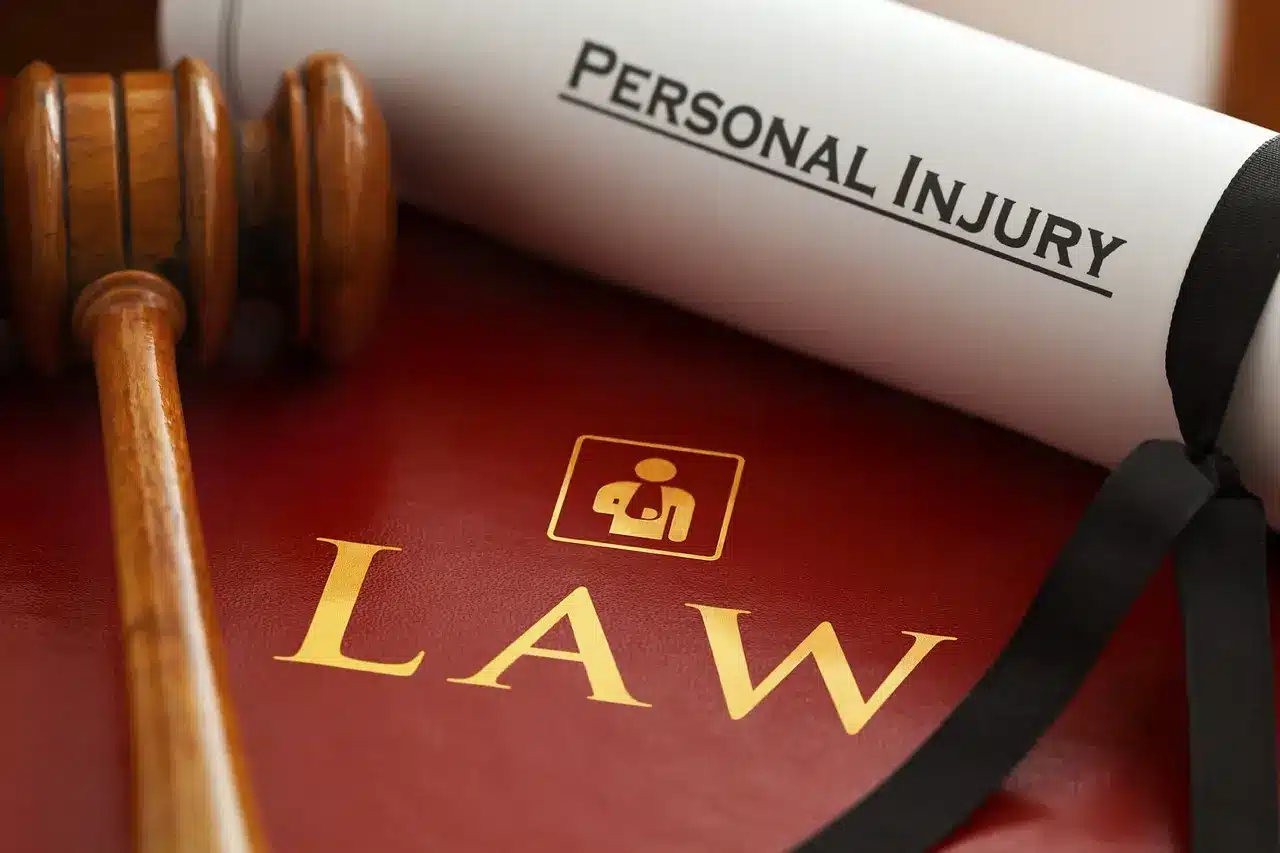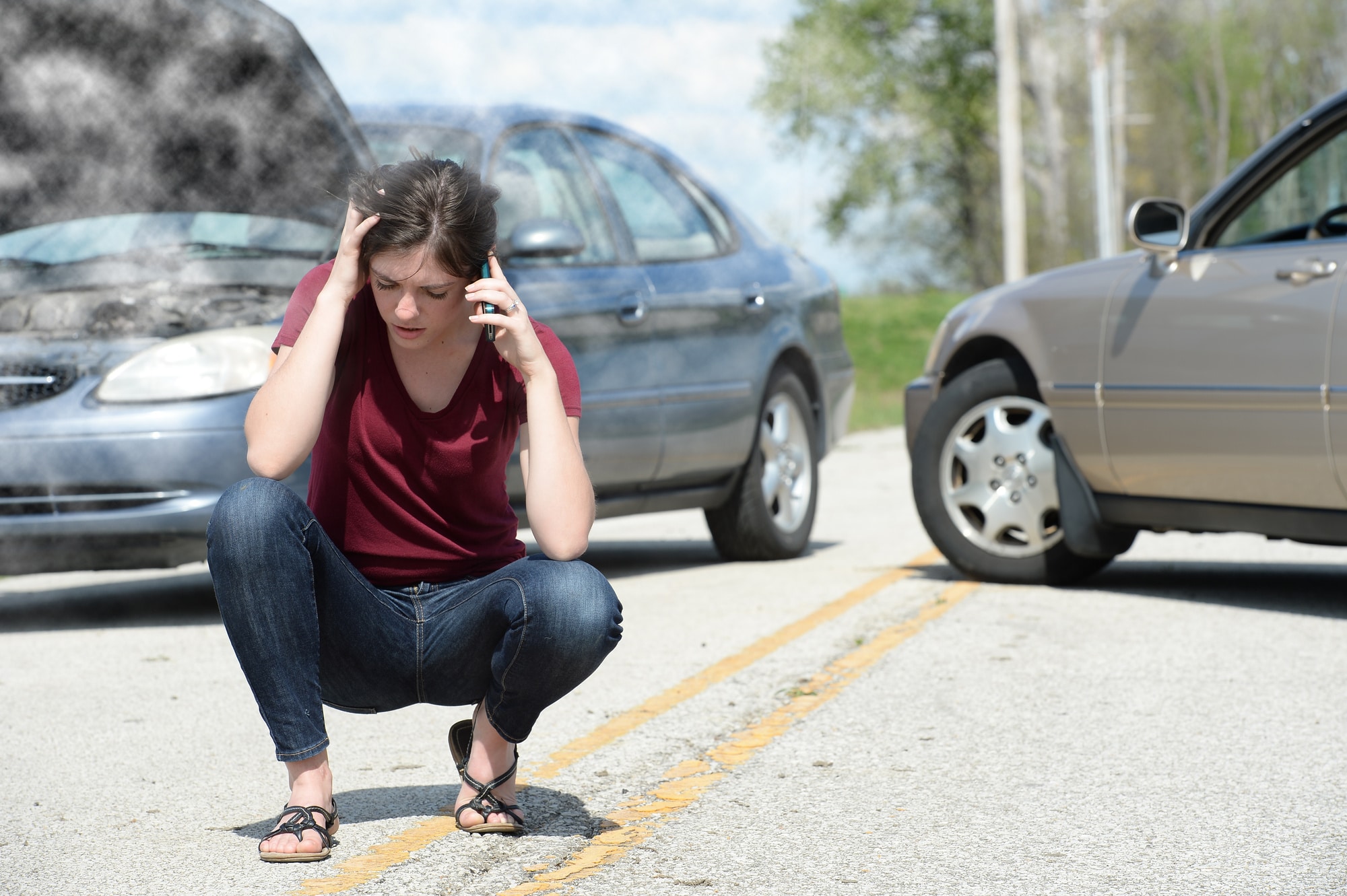In 2020, Texas saw over 12,000 car accidents involving serious injuries. Getting into a car accident can be scary, and many people don’t know what to do.
We understand the need to be prepared for any potential circumstance. Read on to find out more about car accident cases and what to do.
Common Causes of Car Accident Cases
The first thing to understand is what can cause a traffic accident. While there can be many potential causes, most are driving under the influence, distracted driving, and drowsy driving.
Other common causes include failing to obey traffic signs and signals and failing to drive safely under current traffic or road conditions.
Types of Car Accidents
There are two types of car accidents that can occur. They include single-vehicle accidents and multi-vehicle accidents.
Single-Vehicle Accidents
These include accidents that involve only one motor vehicle. Hitting a pedestrian, sliding down an embankment, and hitting a stationary object all qualify.
Multi-Vehicle Accidents
Multi-vehicle accidents involve more than one motor vehicle. They include head-on collisions, T-bone collisions, rear-end accidents, and more.
Understanding a Car Accident Case
An auto accident generally goes to civil court (if it goes to court at all). Civil courts and criminal courts are not the same. A criminal court determines a defendant’s guilt or innocence, punishing when necessary.
A civil court serves justice by making a guilty party pay money to their victims.
Some car accidents include criminal acts like driving under the influence. When they involve criminal acts, they’re tried in criminal court separately from car accident cases. Car accident cases are still tried in civil court.
It’s possible to take part in a criminal trial and a civil trial in auto accident cases.
Car Accident Settlement
Some traffic accident cases never make it to trial. Roughly 95% of personal injury cases never make it to trial. They are settled instead.
A car accident settlement is a payment amount agreed upon between the victim and the payee. Your lawyer will usually handle the negotiations on your behalf.
Damages
In a personal injury case, the main objective is usually obtaining damages. Damages come in the form of compensation for pain and hardship you experience as a result of the accident.
If you win a court case as the plaintiff, the court awards you a monetary sum for the damages you incur. If you choose to settle, they will pay you a sum of money you both agree with.
There are different types of damages you can collect. They will vary from case to case and include punitive, economic, and non-economic damages.
Punitive Damages
When the defendant is accused of a particularly negligent act, they may be subject to punitive damages. These are not meant to punish the defendant for that act. Things like driving under the influence and talking on the phone can result in punitive damages.
Economic Damages
These are directly related to the costs of your case. They include medical bills, lost wages, and damaged property.
Non-Economic Damages
Non-economic damages are a bit abstract. They don’t cover things with a specific cost. They include pain and suffering you experience as a result of the accident.
Determining Fault
38 of 50 US states, including Texas, are at-fault states. This means that for car accident cases, it is considered to be the fault of one driver and not the other.
Negligence
Determining fault includes proving one driver exhibited negligence that led to the collision. Proving negligence involves four factors.
Proving that the driver had the duty to drive safely on the road. Proving they breached the duty in some way. Proving you suffered some sort of damages or loss as a result.
And last, proving that the defendant’s breach of duty was the cause of your damages.
Some car accident cases are straightforward, and finding fault is easy. Others can be more convoluted and difficult to prove.
Gross Negligence and Recklessness
Sometimes a person’s breach is so egregious that it’s worse than simple negligence. Fleeing from police and street racing can fall under these definitions.
In cases involving gross negligence or recklessness, it’s very easy to determine who is at fault.
Multiple Defendants
In cases that involve more than two vehicles and more than one driver is at fault, you can sue both at-fault drivers. They will share payment of any awarded damages to the plaintiff.
The Plaintiff Is Also At Fault
If it is determined that the plaintiff’s actions played a role in the accident, they can still be awarded damages. However, these damages are typically reduced due to the rule of comparative negligence.
Comparative negligence can vary from state to state. Generally, it means that the damages paid to the plaintiff are diminished to the degree that the plaintiff was at fault.
For example, let’s say a court decides that a plaintiff is 25% at fault. This means that the defendant is 75% at fault. The damages, then, will be reduced by 25%.
What To Do When Involved in an Accident
The first thing to do is to get out of traffic (if you can). If your car is drivable, pull over to the side of the road.
Next, if it’s safe, try to help any injured party. Never move someone if you think they have a neck or spinal injury. Make sure to call the police immediately whether someone is injured or not.
Remain at the scene until help arrives. If you leave before you’re legally authorized to do so; you may receive a hit-and-run charge. Be careful what you say to the other driver and the police.
Get your vehicle towed if necessary, and call a personal injury attorney if anyone was hurt.
Putting It All Together
Car accident cases run the gamut from simple to complicated. They involve finding out who was at fault, potential injuries, and damages.
If you’d like to know more about auto accidents or if you think you may need an attorney, contact us today.


















































